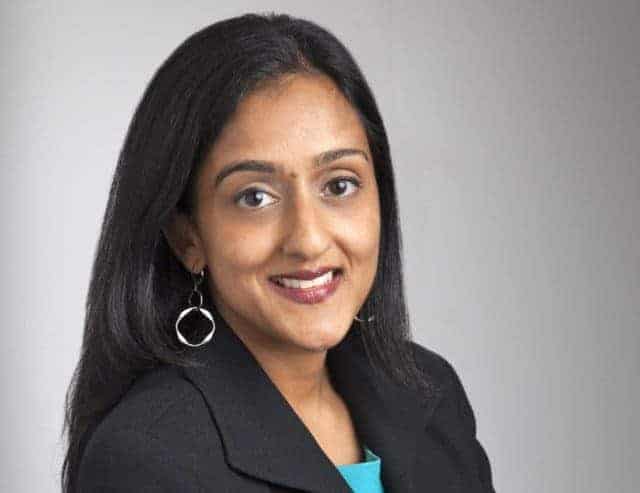
WASHINGTON—Yesterday, The Leadership Conference Education Fund and the Georgetown Center on Poverty and Inequality (GCPI) released “Counting Everyone in the Digital Age: The Implications of Technology Use in the 2020 Decennial Census for the Count of Disadvantaged Groups,” a report that addresses how proposed Internet and automation technologies will affect 2020 Census enumeration for groups at risk of being undercounted. The report also includes actionable recommendations for Congress, the administration, and community leaders.
“The nation’s first high-tech census, while offering the promise of cost savings, could lead to poor or uneven participation, technological infrastructure failings, or both, thereby increasing the undercount of groups historically underrepresented in the census. Modernizing the census is important, but technology also comes with new and untested risks that must be addressed now. To ensure an accurate and fully inclusive count, the Census Bureau must have the necessary resources to test new technologies and be ready for potential pitfalls. These concerns are neither theoretical nor off in the distance,” said Vanita Gupta, president and CEO of The Leadership Conference Education Fund.
Today, Gupta testified before the House Oversight and Government Reform Committee as they held a hearing on the 2020 Census. The full testimony can be found here.
“Few things support our democracy and economy as expansively and uniquely as the once-a-decade census. This is not something we can take for granted. The unprecedented reliance on information and communications technology for the 2020 Census–especially through the internet-based household response method–comes with promise and peril. Policymakers have little time left to get it right and ensure that we have the fair and accurate count that the people of this country deserve and rely on,” said Indivar Dutta-Gupta, co-executive director of the Georgetown Center on Poverty and Inequality.
The report comes at a crucial time for the 2020 Census. Insufficient, uncertain, and frequently late annual funding has delayed and derailed important testing and preparations. Most at risk are operations specifically designed to enumerate historically hard-to-count communities more accurately. In addition, there remains a leadership vacuum at the Bureau following the unexpected resignation of the Census Director in June.
Failure to provide adequate resources before the once-a-decade population count will force the Census Bureau to shortchange 2020 Census operations designed to improve accuracy in historically undercounted communities. This would lead to a result that deprives population groups of equal political representation and access to their fair share of public and private resources. Equally important, failure to test all methods adequately – due to budget shortfalls – puts the 2020 Census at risk of cost overruns during peak census operations.
The report aims to provide an accessible overview and synthesis of existing research on how proposed internet and automation technologies will impact 2020 Census enumeration for groups at risk of being undercounted. Topics discussed in the report include:
- Optimizing household internet self-response
- Responding across a digital divide
- Reaching the hardest to count while updating field operations
- Balancing confidentiality and security
The report, which includes recommendations, can be read in its entirety here.

